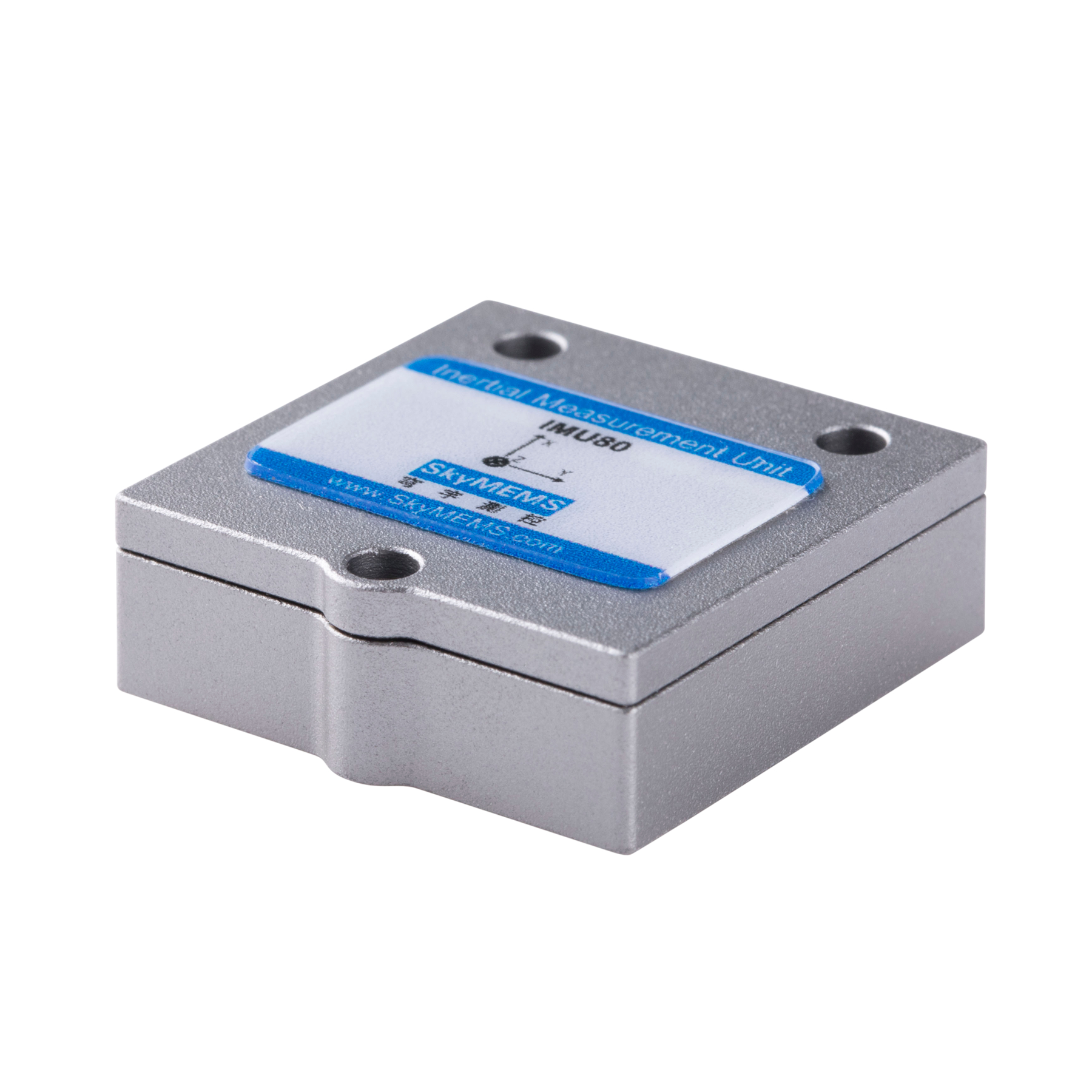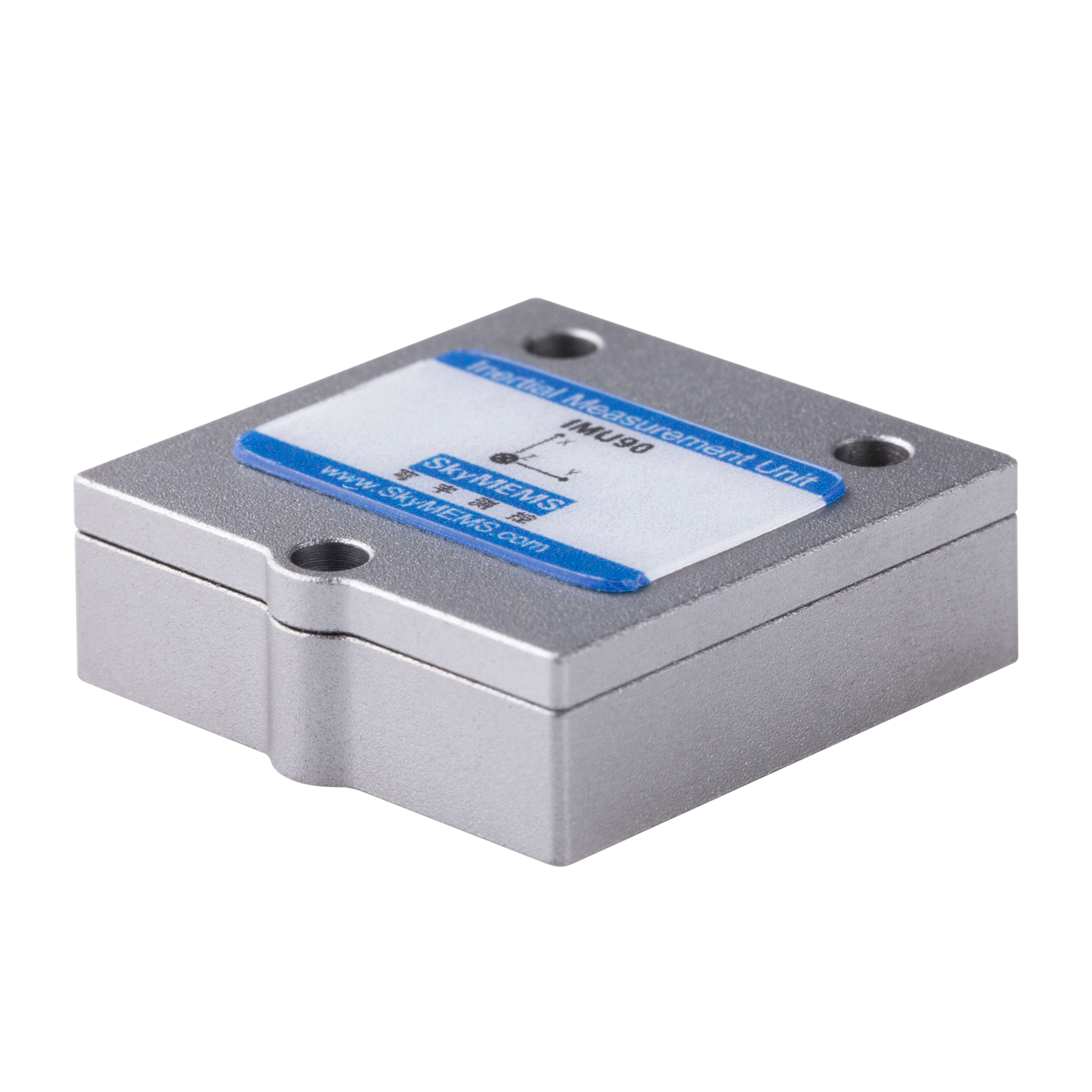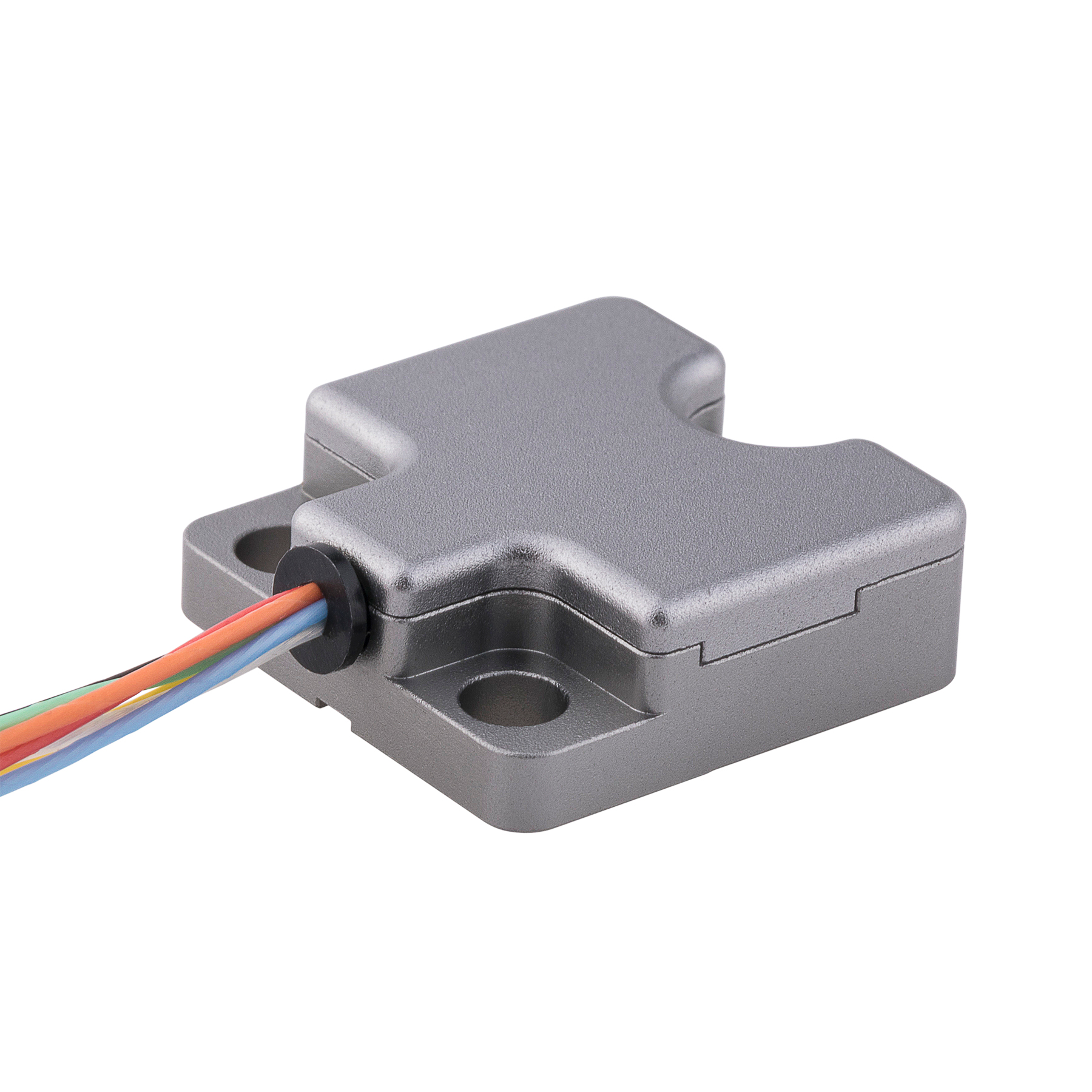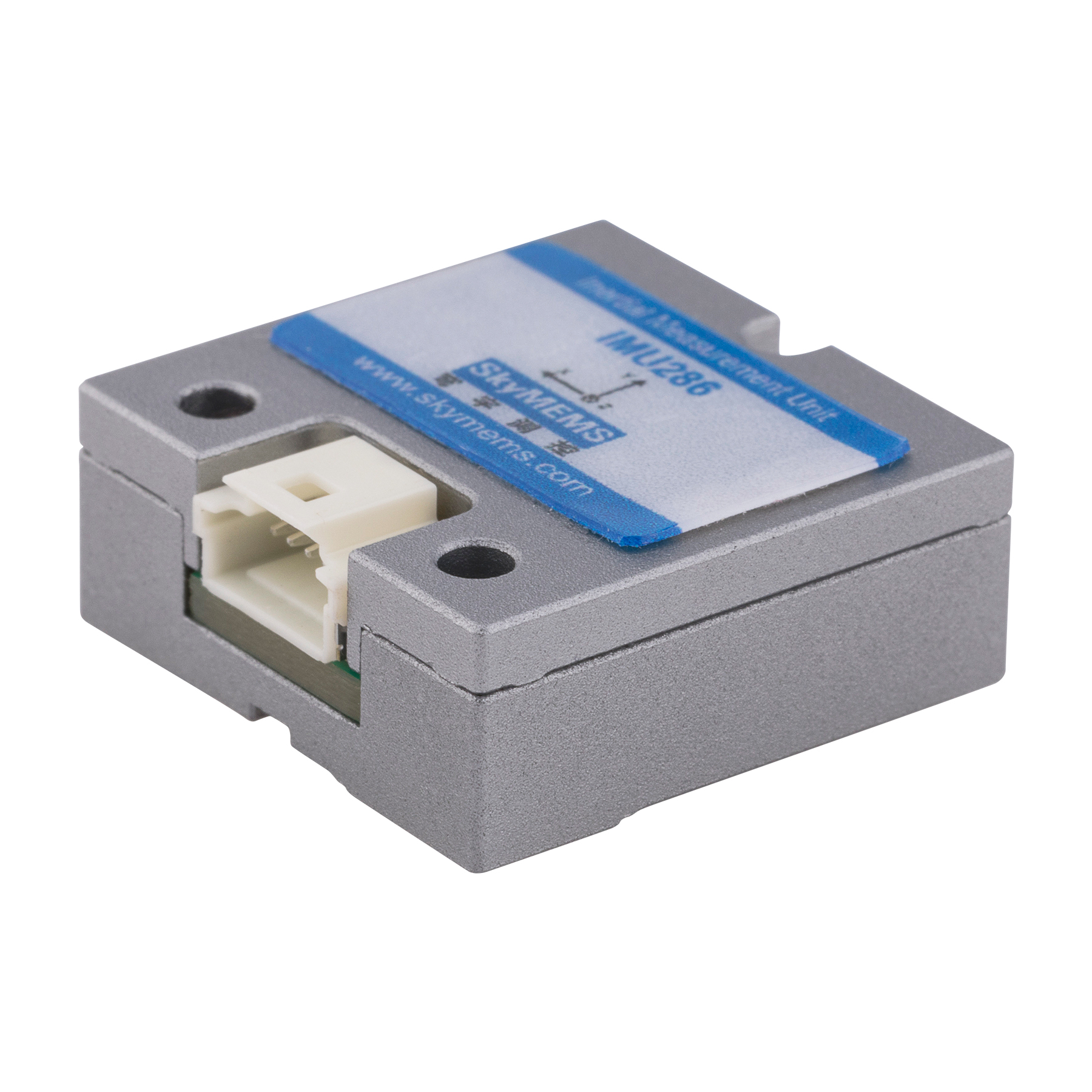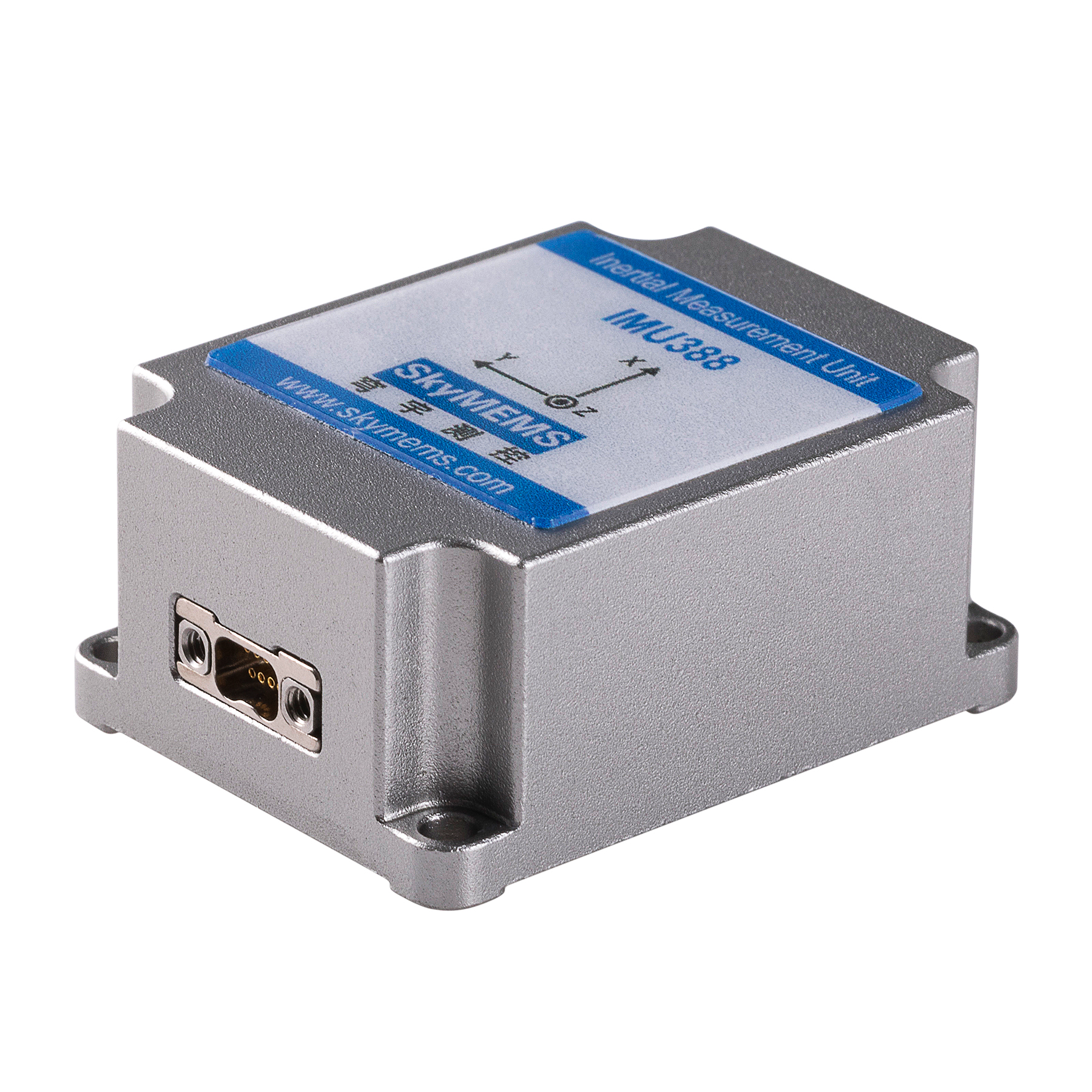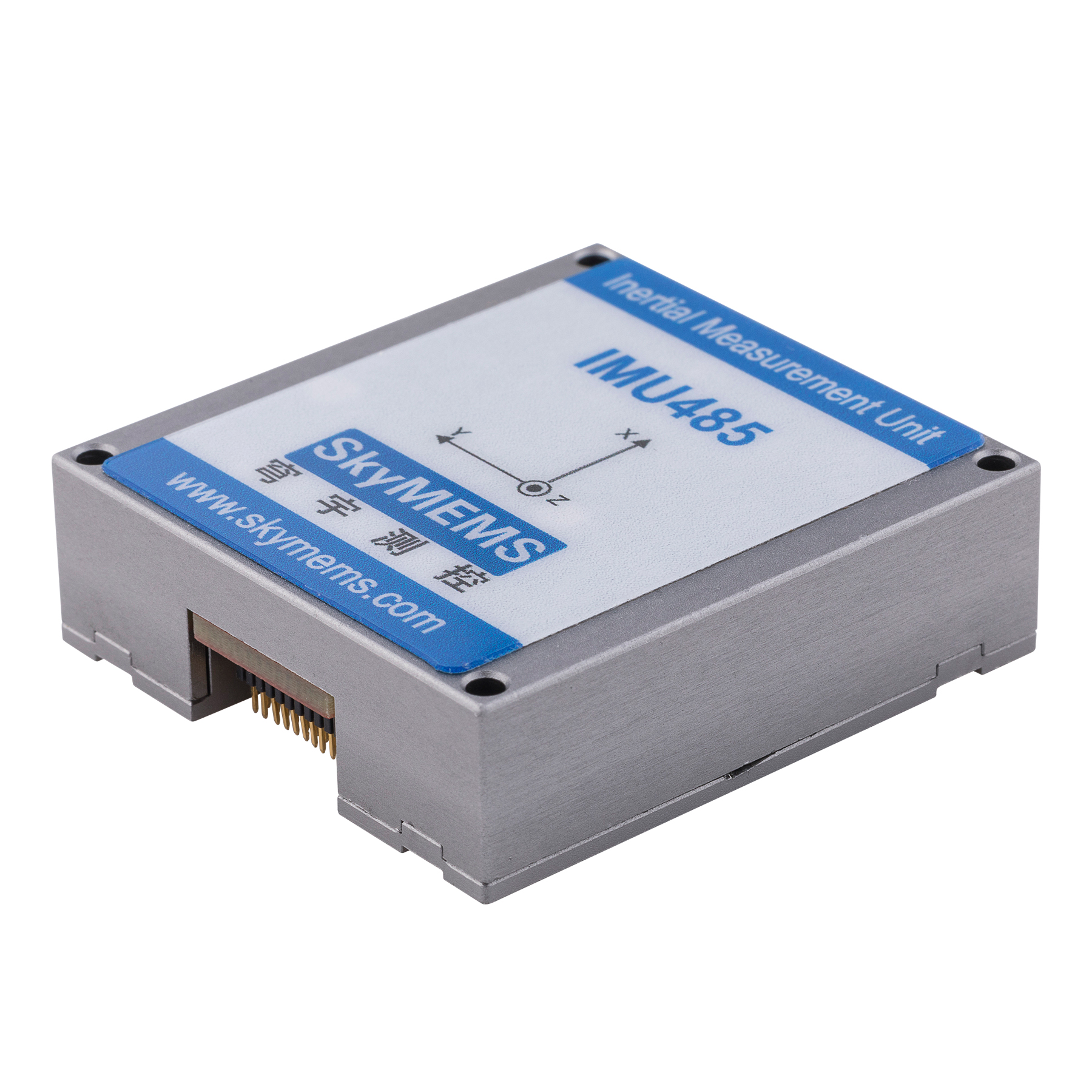Optical gyros play a vital role in navigation, robotics, and other applications that require precise orientation measurement. An optical gyro is an electronic device that measures the rotation rate of an object based on the Sagnac effect. The accuracy and reliability of optical gyros are critical factors that determine their effectiveness in different environments.
This article aims to provide an overview of the accuracy and reliability of optical gyros, including their operating principles, performance in different environments, advantages, disadvantages, calibration techniques, and future developments.

The Operating Principles of Optical Gyros
Optical gyros operate based on the Sagnac effect, which states that light traveling in a closed loop interferometer experiences a phase shift when the loop rotates. This effect is used to measure the angular velocity of an object. There are two main types of optical gyros: Ring Laser Gyroscopes (RLGs) and Fiber Optic Gyroscopes (FOGs).
RLGs use a laser beam circulating around a ring cavity to measure the rotation rate. FOGs use a coil of optical fiber wound around a spool to measure the rotation rate. Both RLGs and FOGs provide high-precision measurements of angular velocity and are widely used in navigation and other high-precision applications.
Accuracy of Optical Gyros The accuracy of optical gyros depends on several factors, including error sources, sources of drift, and compensation techniques. Error sources include noise, misalignment, and scale factor errors. Sources of drift include temperature changes, aging, and mechanical stress. To compensate for these errors, various techniques like thermal control, environmental stabilization, and internal calibration procedures are used.
In general, optical gyros offer high accuracy with low bias drift rates and high stability over long periods. However, the accuracy of optical gyros can be affected by environmental factors, such as vibration and shock.

Reliability of Optical Gyros
Optical gyros are considered highly reliable due to their robust construction and internal compensation techniques. However, environmental factors like temperature, vibration, and shock can affect the performance of optical gyros. To increase reliability, measures like environmental stabilization, shock absorption, and ruggedization are used.
Performance of Optical Gyros in Different Environments
The performance of optical gyros in different environments depends on factors like temperature, vibration, and shock. In airborne applications, where vibration and acceleration levels are high, FOGs are preferred over RLGs due to their better resistance to shock and vibration. In marine navigation, where saltwater corrosion and temperature changes are significant challenges, RLGs are preferred over FOGs due to their ruggedness and ease of maintenance. In land-based applications, both RLGs and FOGs can be used, depending on the specific requirements.
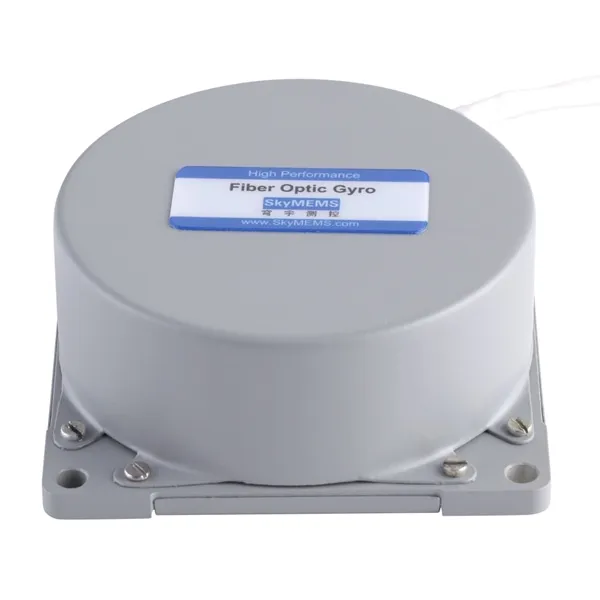
Comparison of Optical Gyros to Other Types of Gyros
Optical gyros offer several advantages over other types of gyros, such as MEMS-based gyros and mechanical gyros. Optical gyros are more accurate, have lower drift rates, and are less prone to aging and mechanical stress. However, they are more expensive and require more complex manufacturing processes.
Calibration Techniques for Optical Gyros
To ensure accuracy and reliability, optical gyros must be calibrated regularly. Common calibration techniques include bias calibration, scale factor calibration, and alignment calibration. Bias calibration involves measuring the output when the gyro is stationary to determine any offset or bias that may affect the measurements. Scale factor calibration involves measuring the change in output when the gyro is subjected to different rotation rates to correct for scaling errors. Alignment calibration involves measuring the difference between the gyro measurement axis and the reference axis to correct for misalignment errors.
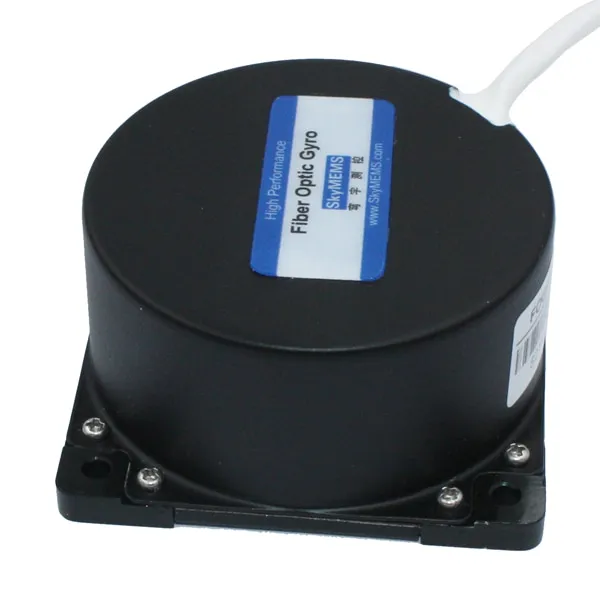
Conclusion
Optical gyros offer high accuracy and reliability in a range of environments and applications. Their robust construction, high precision, and resistance to aging and mechanical stress make them ideal for navigation, robotics, and other high-precision applications. With the increasing demand for high-precision measurements in different environments, optical gyros will continue to play a vital role in various industries.





